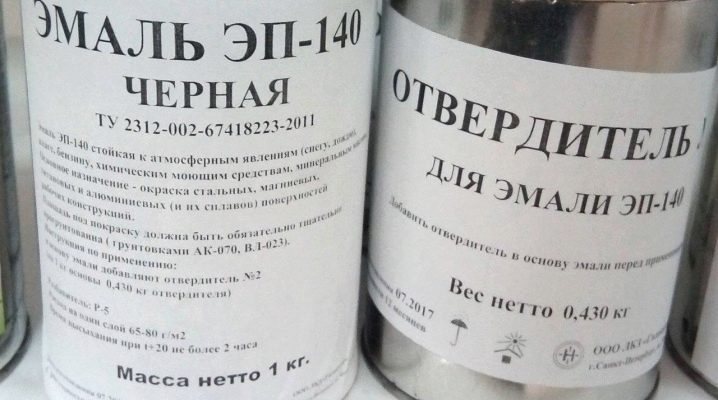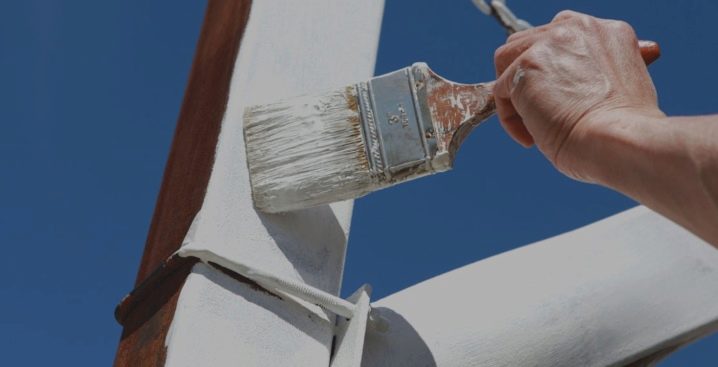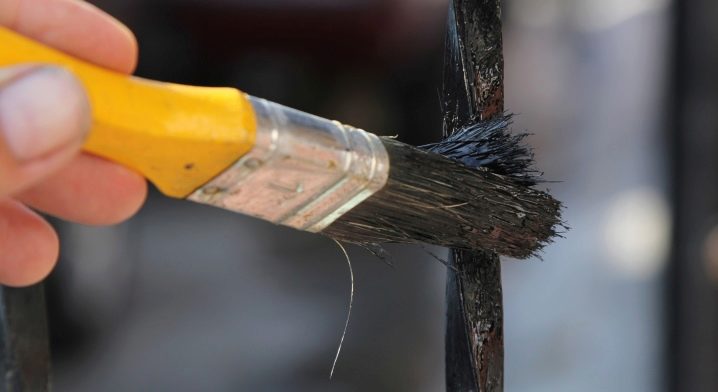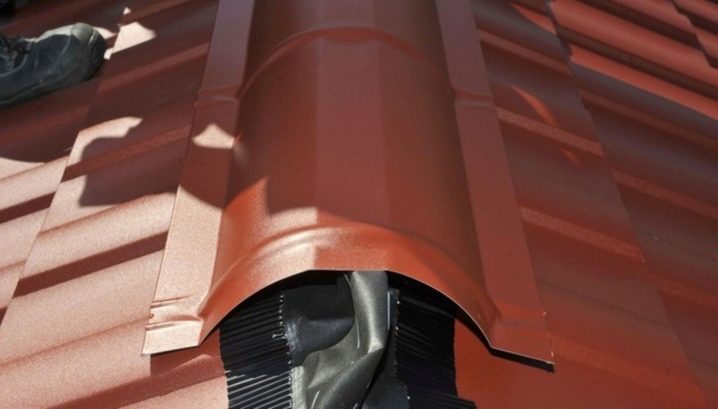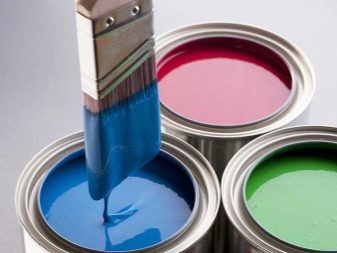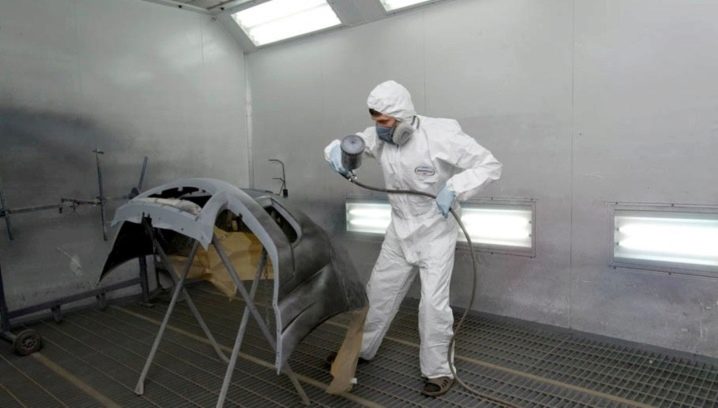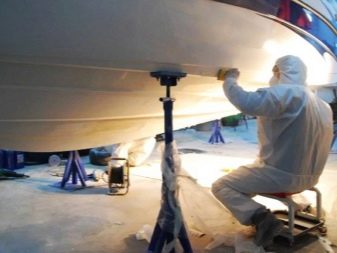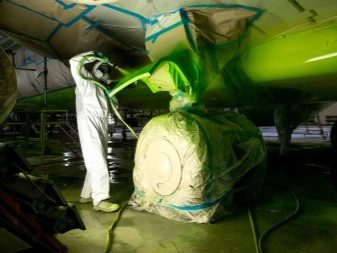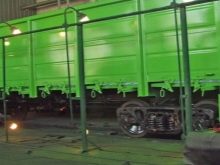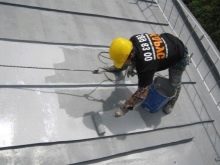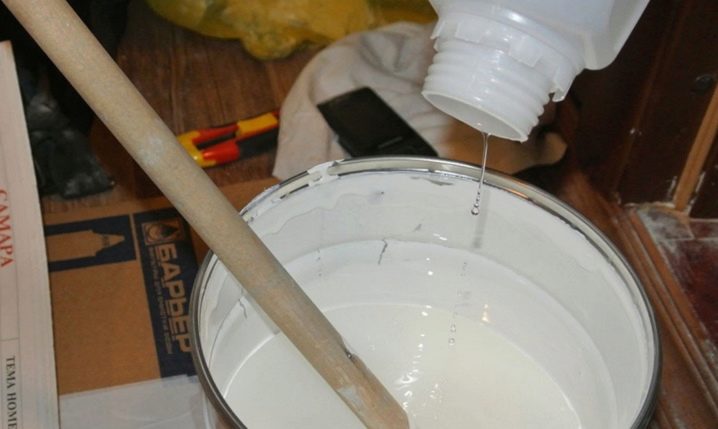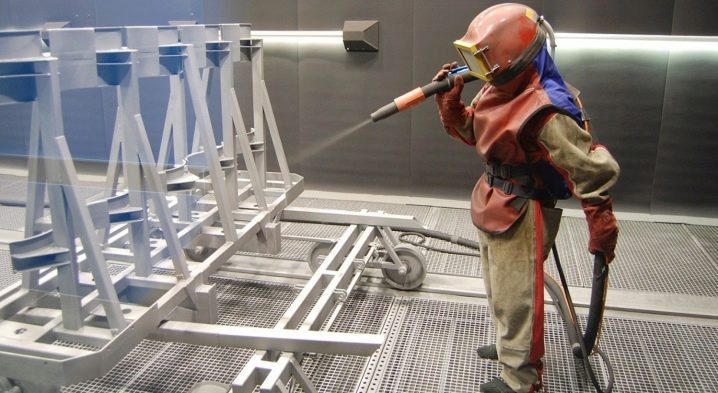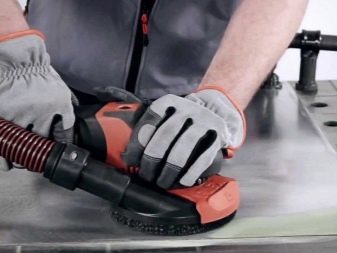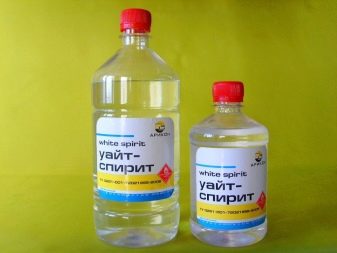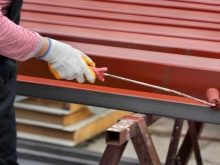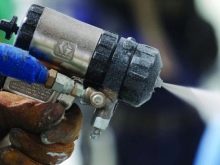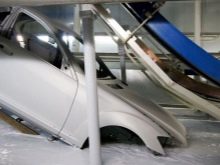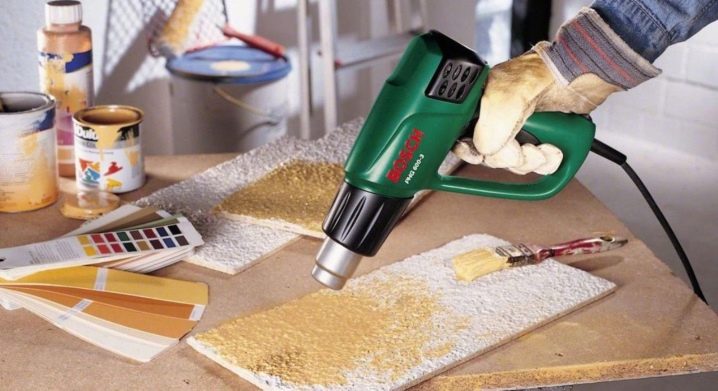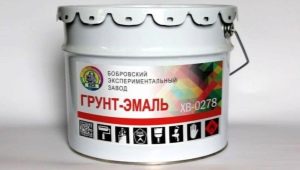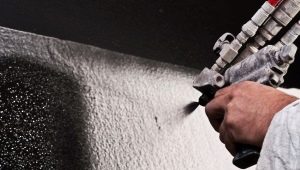EP-140 enamel: characteristics and application
The surfaces of various metals need protection from an aggressive external environment. Wind and precipitation can lead to corrosion and metal destruction, which will have a negative impact not only on the canvas itself, but also on the entire structure. EP-140 M epoxy enamel will help to avoid these problems.
Appearance and composition
EP-140 is a two-component enamel, which is based on the semi-finished enamel and hardener ASOT-2. They are mixed immediately before use. The semi-finished product is dominated by epoxy resin, in which pigments, fillers and organic solvents are dissolved.
According to GOST the color of epoxy enamel is available in sixteen variants, the most popular of which are black, white and gray.
In addition to standard colors, any shade can be selected at the request and request of consumers.
The composition of the paint varies depending on the color. So, for some you need a ratio of enamel base and hardener in the proportion of 70 to 30, and for others - 75 to 25. Silver enamel differs from the others in that it also contains in its composition aluminum powder, equal to eleven parts.
Technical properties
The main advantage of the EP-140 is considered resistance to various types of aggressive liquids, whether it is precipitation, gasoline, chemical detergents or something else.
Metal coated with this type of enamel is considered to be almost completely protected from corrosion.
The manufacturer claims the following characteristics:
- color - 16 options;
- smooth and uniform surface after drying;
- enamel viscosity varies from 13 to 30 depending on color;
- the content of non-volatile substances is equal to 40-50 percent of the total mass fraction;
- 8 hours after applying the paint can be further processed;
- impact resistance ranges from 40 to 50;
- elasticity is 5;
- hardness - at least one second;
- extremely high penetrating power even when exposed to various liquids;
- The expense of applying one coat of paint per 1 m² varies in the range of 70-130 grams, depending on the color.
The enormous disadvantages of EP-140 enamel are its toxicity and flammability, which results in it is not recommended to use in residential areas due to possible poisoning or fire.
On top of this, it is worth noting that companies can offer analogues of EP-140. However, cheaper formulations may have similar, although to some extent, reduced quality characteristics.
Purpose
EP-140 enamel is protective and can be used to apply on various types of metal surfaces, be it copper, steel, titanium, or all types of alloys. It has resistance to aggressive environment, high temperature, chemicals released during operation from different types of engines.
Enamel application areas:
- industrial facilities - used for both external and internal work;
- River and sea ports - widespread use, including on equipment;
- shipbuilding - quite often small yachts and boats, hulls and components of the engine room are painted with enamel;
- aircraft industry - internal elements, screws and other components are processed;
- railway transport - enamel covers the case of locomotives and cars;
- metal structures;
- industrial equipment;
- agricultural machinery;
- pipelines;
- housings of various equipment, including those exposed to temperatures up to 250 degrees Celsius.
Using
As mentioned above, the enamel EP-140 is a toxic and flammable substance.
Before use it is necessary to take precautions:
- all work must be carried out with gloves, a respirator mask and goggles;
- if work is carried out indoors, it should be well ventilated;
- Work near open sources of ignition should be avoided.
The first step is to stir the enamel to a uniform texture throughout the entire volume of the container. By the time it usually takes up to ten minutes.
If necessary, apply the solvent P 5A: it is able to preserve the texture after stirring for six hours.
Before applying the surface of the metal must be cleaned from traces of the previous coating, rust and other contaminants.To do this, you can use sandblasting or shot blasting. The surface should be rough with a metallic sheen. In the presence of scale allowed darkening of the metal.
After sanding the surface, it is degreased using volatile solvents or white spirit.
Apply EP 140 enamel in several ways:
- by means of a brush (roller);
- using a pneumatic spray;
- filling;
- dipping.
Experts recommend applying from two layers of paint, making between each of them a break of up to six hours. That is, the next layer can be applied only after the previous one is completely dry.
The temperature of work in the range of +10 - +30 degrees Celsius. The paint dries in six hours, subject to a temperature of +20 degrees Celsius. But you can also use hot drying, which shortens the drying time.
The shelf life of the EP-140 is one year from the date of production - under the conditions of compliance with protection from moisture and direct sunlight.
You will learn about enamel coating by watching the following video.
